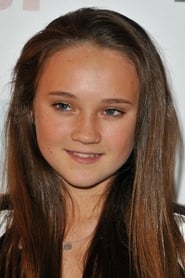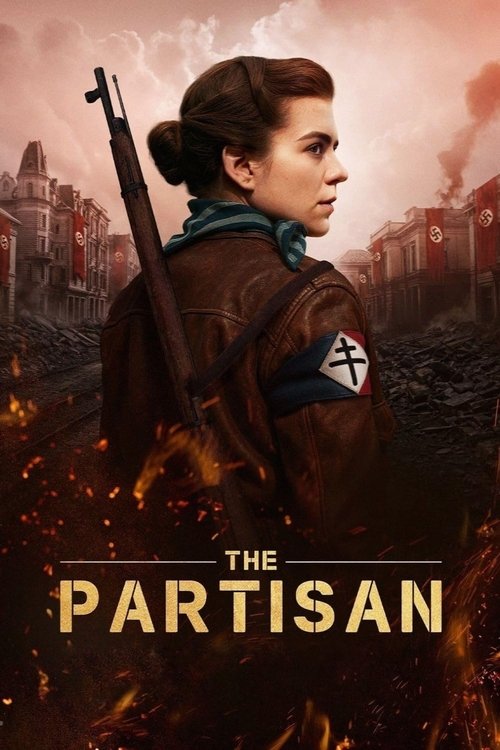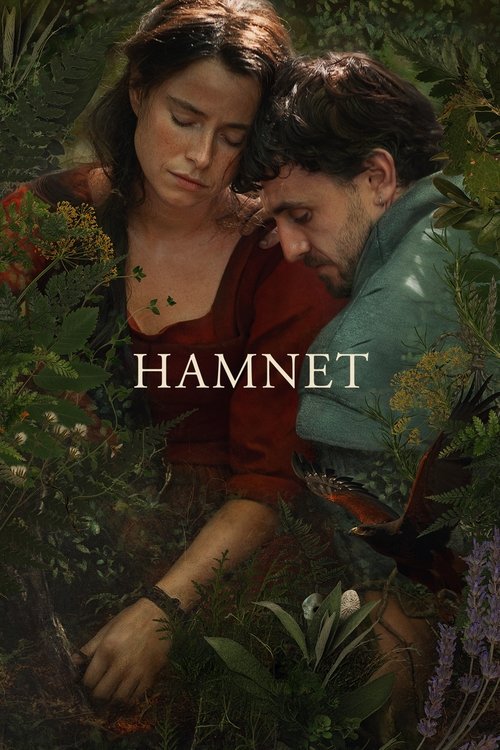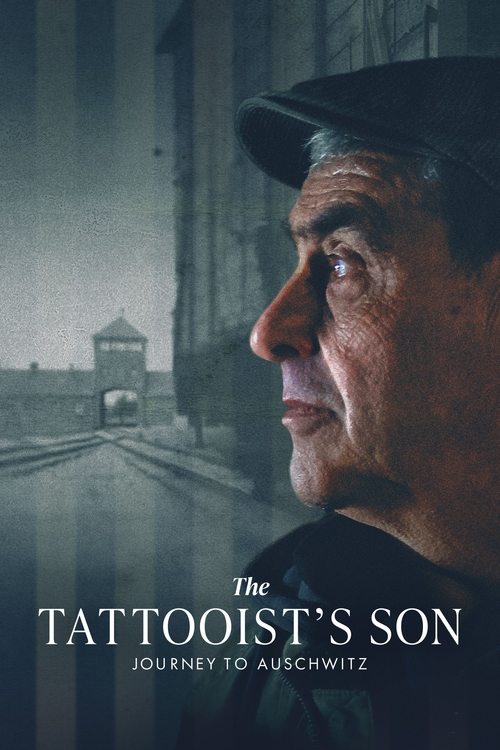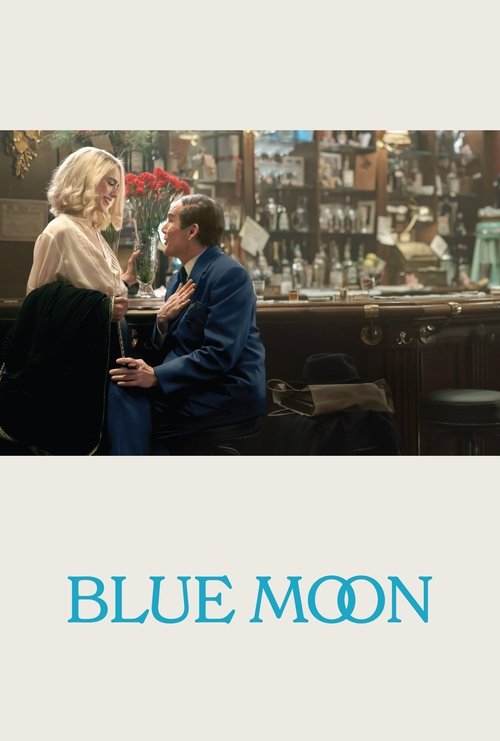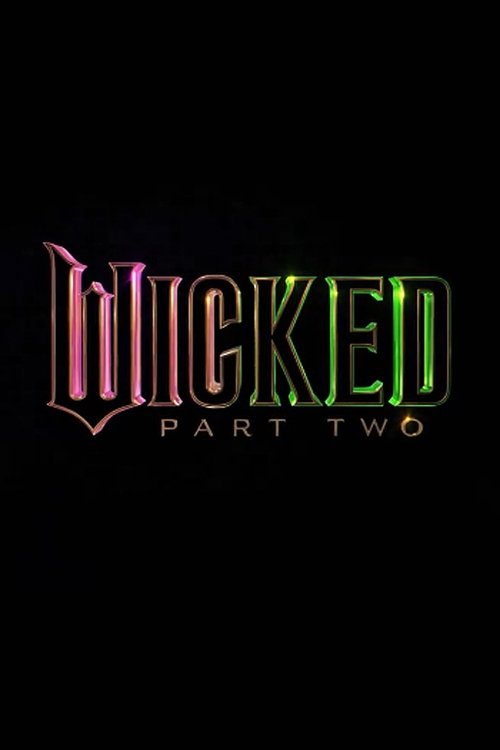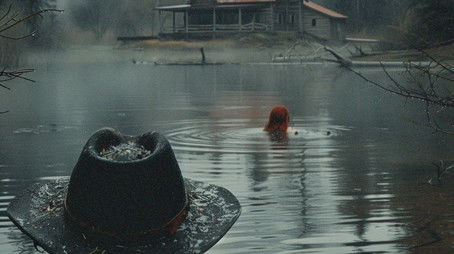
Ask Your Own Question
What is the plot?
Sorry, we haven't had the time to watch this and are working on a plot for this title. Check back in a few days.
What is the ending?
The movie Milarepa (2025) ends with the young girl Mila, who has disguised herself as a boy to seek revenge on her father's family for enslaving her and her mother, ultimately achieving her revenge but still feeling unsettled and burdened by her actions.
Expanding on the ending scene by scene:
The final act begins with Mila, now hardened and skilled in the magical arts she learned during her journey, confronting her paternal uncles who had robbed her family's inheritance and enslaved her mother. She approaches them with a calm but determined demeanor, her disguise as a boy complete, allowing her to move undetected and gain the upper hand.
In a tense and carefully orchestrated sequence, Mila uses her learned magical abilities to outwit and overpower her uncles. The scenes show her invoking mystical powers that reflect both her inner turmoil and the harshness of the post-apocalyptic world she inhabits. The confrontation is intense, with close-up shots capturing Mila's conflicted emotions--her pain, anger, and the weight of vengeance she carries.
After successfully exacting her revenge, the film shifts to a quieter, more reflective tone. Mila stands alone in a natural landscape reclaimed by nature, symbolizing the world's dominance over technology and human constructs. Despite her victory, her expression reveals a deep sense of loss and unresolved sorrow. She is not triumphant but burdened, suggesting that revenge has not brought her peace.
The movie closes with Mila looking toward the horizon, a subtle indication that her journey is far from over. The fate of her mother is left ambiguous but implied to be one of continued hardship, while Mila's uncles are defeated and presumably removed as threats. Mila herself remains a complex figure--both victim and avenger, shaped by the violence she endured and inflicted.
This ending highlights the film's themes of loss, revenge, and the search for redemption in a harsh, transformed world. It leaves the audience with a poignant image of a young girl caught between the innocence of childhood and the harsh realities of survival and justice.
Main characters at the end:
- Mila: Achieves revenge but remains emotionally burdened and unresolved.
- Paternal uncles: Defeated and stripped of power.
- Mila's mother: Fate is uncertain but implied to remain oppressed.
This detailed ending reflects the film's narrative arc of a young girl's painful transformation in a post-apocalyptic setting where nature has overtaken technology, and personal vengeance is intertwined with a deeper quest for meaning and redemption.
Is there a post-credit scene?
The 2025 movie titled Milarepa does not have a post-credit scene. There is no indication from available sources or user reviews that any additional scene appears after the credits to extend or tease the story.
This film, directed by Louis Nero and starring F. Murray Abraham, Harvey Keitel, and Franco Nero, is described as a story set in a post-apocalyptic world focusing on a 12-year-old girl named Mila on a journey of redemption. The narrative and emotional impact are said to linger after the credits, but no extra footage or post-credit content is reported.
Therefore, viewers can leave the theater once the credits begin without missing any additional scenes.
What motivates Mila to disguise herself as a boy in the movie Milarepa (2025)?
Mila disguises herself as a boy to exact revenge on her father's family for enslaving her and her mother in a post-apocalyptic world where technology has failed and nature dominates.
Who is the guru character played by Harvey Keitel in Milarepa (2025), and what role does he have in Mila's journey?
Harvey Keitel plays the guru Marpa, who teaches Mila a form of magical art that she learns to use in her quest for vengeance against those who harmed her family.
What specific challenges or adventures does Mila face during her journey for revenge in Milarepa (2025)?
Mila faces numerous adventures and obstacles after being robbed of her father's inheritance by her paternal uncles, including disguising herself and learning magical arts to overcome her enemies.
How does the post-apocalyptic setting influence the plot and Mila's actions in Milarepa (2025)?
The post-apocalyptic world, where nature has overpowered technology, creates a backdrop where Mila's journey for revenge and redemption unfolds, emphasizing a return to human and mystical elements over material and technological ones.
What is the nature of Mila's relationship with her paternal uncles in the film Milarepa (2025)?
Mila's paternal uncles rob her of her father's inheritance and enslave her and her mother, which drives Mila to seek revenge against them throughout the story.
Is this family friendly?
The 2025 movie Milarepa is not fully family friendly and may be unsuitable for children or sensitive viewers due to several potentially objectionable or upsetting elements. These include:
- Occult and sorcery themes: The film contains explicit depictions and instructions related to occult sorcery, demon possession, and magical violence, which may be disturbing or inappropriate for children.
- Violence: There is extensive violence portrayed, including magical attacks causing destruction and death, fighting scenes, and threats of violence. Although blood is limited, the violent content is significant.
- Mature themes: The story involves revenge, cruelty, lying, cheating, and family betrayal, which contribute to a dark and depressing atmosphere.
- Mild sexual content and nudity: There is mild kissing and some upper male nudity.
- Substance use: Some characters are shown drinking and using unknown drugs.
- Religious and pagan worldview: The film strongly features pagan, animist, and Buddhist occult elements, which may be unsettling or confusing for some viewers, especially children.
Overall, while the movie is rated PG, its mature themes, occult content, and violence suggest it is better suited for older teens and adults rather than young children or sensitive audiences.



